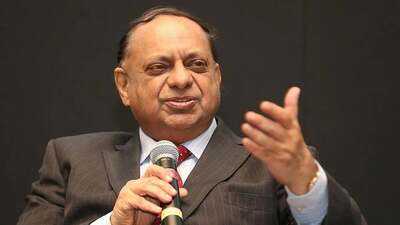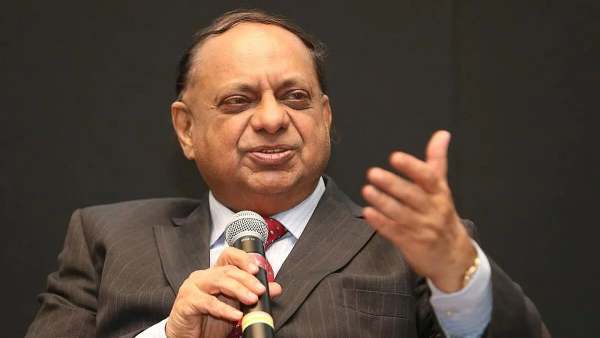
Question: My mother has past savings which will enable her to be financially independent. She traditionally believes in bank fixed deposits but mutual funds are now being suggested by financial advisers. Are mutual funds safe and attractive and will she be able to draw funds on a monthly basis for her maintenance and personal expenses?
ANSWER: For decades, Indian households invested in fixed deposits. However, according to a recent report of the Reserve Bank of India, investment in mutual funds has emerged as the preferred vehicle for household investors. According to this report, financial inclusion is on the rise and there is greater confidence in the mutual fund industry. Interest rates on bank deposits are on the decline and therefore there is a shift to investments which fetch a higher return.
Many senior citizens prefer to invest in mutual fund schemes having a systematic withdrawal plan. Under this plan, an amount can be withdrawn every month which could be used by investors for their maintenance and household expenses. Therefore, based on the corpus that your mother has, a systematic withdrawal amount can be determined by financial advisers to take care of all household expenses. The advantage of this is that even after withdrawal of funds from such a scheme every month, the rest of the corpus would continue to grow over a period of time.
Question: There have been media reports that export of Indian goods is on the decline due to the tariff regime of the United States. Will this have an adverse impact in general on the economy?
ANSWER: Indian exporters are now diversifying and tapping markets in Europe, Africa and East Asia. This will be facilitated by the trade agreements which have been entered into with European countries, United Kingdom, United Arab Emirates and others. Under the mega trade pact with the European Free Trade Association (EFTA), exports of Indian goods are expected to increase manifold. Further, these countries have agreed to invest in India by setting up their manufacturing base which will create at least one million jobs and lead to export of goods which are produced by these units. There are already more than 330 Swiss companies which have set up base in India for manufacturing engineering goods, precision instruments, chemicals and pharmaceuticals.
India has also entered into the Trade and Economic Partnership Agreement with the EFTA countries which will promote research and innovation, skills development and deal with issues of climate change. The Comprehensive Economic and Trade Agreement with the United Kingdom will give a tremendous boost to Indian pharmaceutical companies which will be able to gain access to the procurement programme of the National Health Scheme estimated to be around $122 billion. After the UAE, the UK agreement is the second one which India has signed with a chapter on Government procurement. Therefore, exports of Indian goods are going to increase in the coming months and will offset any shortfall which may happen on account of US tariffs.

HP Ranina is a practising lawyer, specialising in corporate and tax laws of India.
Question: While India has had a good monsoon this year which will result in higher agricultural output, there could be problems in the industrial sector which may not be able to sustain the rate of economic growth. Are there any positive signs for this sector?
ANSWER: Several independent agencies have been tracking the growth of the industrial sector. According to the HSBC India Manufacturing Purchasing Managers’ Index (PMI), manufacturing activity has gathered momentum in August with new orders and higher production. The PMI has indicated an improvement in operating conditions. This is based on a survey which is compiled from responses given by 400 manufacturing companies to a questionnaire. According to the survey, companies have stepped up the pace at which additional raw materials and components were bought and new jobs have been created, reflecting a positive outlook for this key sector.
Collection of Goods and Services Tax has risen to Rs1.86 trillion in August. According to official data, collections from domestic sources rose to Rs.1.37 trillion while those from imports were around Rs490 billion. The net GST revenue has also increased after giving effect to refunds. This growth in net GST collection is encouraging despite geopolitical headwinds. Even smaller States of India, like the North Eastern States, have shown a rise in GST collections, signifying growth in their economy and better tax compliance.
The writer is a practising lawyer, specialising in corporate and fiscal laws of India